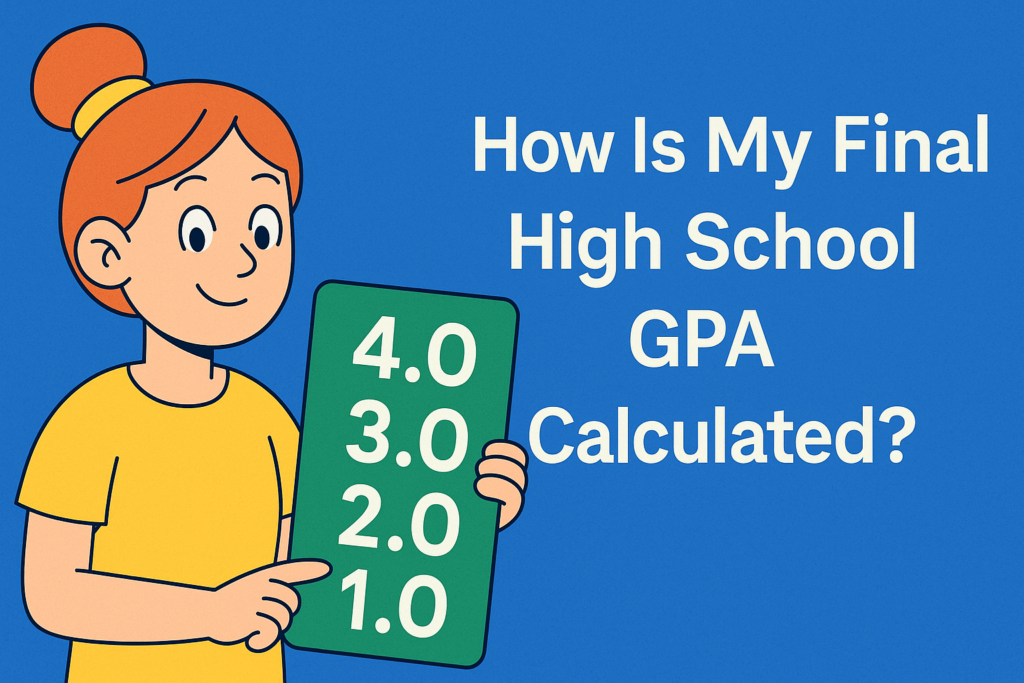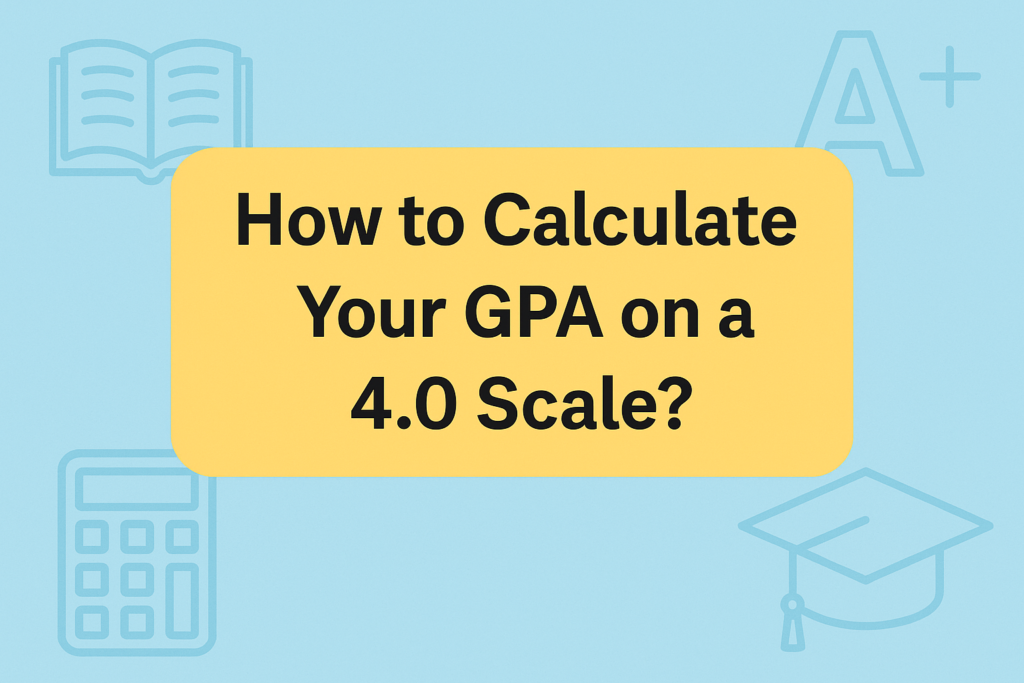Percentage to CGPA Calculator
Not sure how to turn your percentage into a CGPA? This Percentage to CGPA calculator can help. You type in your percentage, and it shows your CGPA. You don’t need to remember any formulas or check charts. It’s just a quick way to see where you stand.
Select CGPA Scaler
Your CGPA Result
on 10.0 scale
What Is a Percentage to CGPA Calculator?
We’ve simplified the process of calculating your CGPA from your percentage. Say goodbye to complex math. This calculator does the work for you—quickly and clearly.
Just enter your percentage. That’s it. You’ll get your CGPA instantly, based on the standard conversion formula—no confusing steps. No second-guessing. And yes, it’s completely free to use.
Whether you’re a student working on college applications or someone just checking where you stand, this tool offers a straightforward way to get one thing: your CGPA without the math headache.
Why Use Our Percentage to CGPA Calculator?
- • Accuracy That Makes Sense: The calculator uses a standard conversion formula—nothing fancy, nothing confusing. You enter your percentage, giving you a CGPA that matches most schools and colleges’ expectations. There is no need to check it twice unless you want to.
- • Simple Enough for Anyone: There’s no learning curve here. If you know your percentage, you already know how to use this tool. It’s just one step: type and see your CGPA. That’s it.
- • Saves Time You’d Probably Rather Use Elsewhere: No more digging around for the correct equation or wondering if your math adds up. This tool gives you the answer in seconds—so you can focus on other things, like filling out that application or moving on.
- • It Doesn’t Cost Anything: You don’t need an account. You don’t need to sign up. And you don’t need to pay. You use it.
- • Works for a Lot of Different Situations: Whether you’re applying to universities or want to check how your marks convert, this calculator helps. It doesn’t cover every system in the world, but for most students, it’s enough.
- • Helps You Understand Where You Stand: Sometimes, knowing your CGPA gives you a clearer picture of your options. Maybe it’s about applying. Maybe it’s just for peace of mind. Either way, it’s good to know.
If you need to convert your CGPA back to a percentage, try our CGPA to Percentage Calculator. It works just as easily—one input, one answer, no guesswork.
🧮 How to Convert Percentage to CGPA (Step-by-Step Guide)
Percentage to CGPA Conversion Guide
Converting your percentage to CGPA shouldn’t feel like solving a puzzle. Still, it often does. That’s why we’ve laid it out step by step so you know exactly what’s happening behind the scenes.
This guide walks you through the full process, choosing the correct scale (4.0, 5.0, 7.0, or 10.0) to apply the proper formula. You don’t have to guess or rely on random advice. You’ll understand how the numbers work and how different systems interpret your scores.
📘 Formula for 10-Point CGPA Scale
CGPA = Percentage ÷ 9.5
Example:
If your percentage is 85%, then:
85 ÷ 9.5 = 8.95 CGPA
This is one of the most widely used formulas, especially in Indian universities that follow the UGC standard.
📗 Formula for 7-Point CGPA Scale
CGPA = (Percentage ÷ 100) × 7
Example:
If your percentage is 76%, then:
(76 ÷ 100) × 7 = 5.32 CGPA
This method scales your score proportionally on a 7-point scale. Some international institutions use it.
📕 Formula for 5-Point CGPA Scale
CGPA = (Percentage ÷ 100) × 5
Example:
Let’s say your score is 82%.
(82 ÷ 100) × 5 = 4.10 CGPA
This scale is standard in some African and Middle Eastern education systems.
📙 Formula for 4-Point CGPA Scale
CGPA = (Percentage ÷ 100) × 4
Example:
If your percentage is 88%, then:
(88 ÷ 100) × 4 = 3.52 CGPA
This one’s not always a straight formula—it often uses ranges. But if a formula is needed, this is a rough approximation.
CGPA Conversion Comparison
| Percentage | 4.0 Scale | 5.0 Scale | 7.0 Scale | 10.0 Scale |
|---|---|---|---|---|
| 85% | 3.7 | 4.25 | 5.95 | 8.95 |
| 75% | 3.0 | 3.75 | 5.25 | 7.89 |
| 65% | 2.0 | 3.25 | 4.55 | 6.84 |
You don’t need to memorize these values. But if you’re curious—or if someone asks how you got that CGPA—this guide gives you the answer.
Whether filling out college applications, updating your resume, or just keeping track of your academic performance, understanding the “why” behind the result makes a difference. So go ahead. Try the calculator. But stick around if you want to learn how it works, too.
GPA Calculator Suite
Access our comprehensive suite of GPA calculators
GPA Calculator
Calculate your GPA easily
College GPA Calculator
Calculate your college GPA easily
High School GPA Calculator
Calculate your high school GPA easily
Semester GPA Calculator
Calculate your Semester GPA easily
Cumulative GPA Calculator
Calculate your Cumulative GPA easily
Final Grade Calculator
Calculate your Final Grade easily
Weighted Grade Calculator
Calculate your Weighted Grade easily
EZ Grader – Easy Grade Calculator
Calculate your Easy Grade Calculator easily
CGPA to GPA Converter
Convert CGPA to GPA easily
CGPA to Percentage Converter
Convert CGPA to Percentage easily
CGPA to Marks Converter
Convert CGPA to Marks easily
Grade to GPA Converter
Convert Grade to GPA easily
Marks to Percentage Converter
Convert Marks to Percentage easily
Percentage To CGPA Converter
Convert Percentage To CGPA easily
Percentage to GPA Converter
Convert Percentage to GPA easily
Percentage To SGPA Converter
Convert Percentage To SGPA easily
SGPA to CGPA Converter
Convert SGPA to CGPA easily
SGPA to Percentage Converter
Convert SGPA to Percentage easily
GPA Calculator: The Ultimate Guides to Calculate & Improve Your Grades
How Is My Final High School GPA Calculated?
How Is My Final High School GPA Calculated? What Is a Final GPA in High School? Your final high school GPA is a cumulative number that reflects how you performed across all your classes from freshman through senior year. It’s more than just a semester average. It’s the total snapshot. Colleges use this number to […]
How to Calculate Your GPA on a 4.0 Scale?
How to Calculate Your GPA on a 4.0 Scale? What is GPA and Why Does It Matter? GPA stands for Grade Point Average. It sums up your academic performance into one number. If you’re aiming for college, scholarships, or even some jobs, this number quietly sits on the top of your transcript, silently speaking for […]
How do I calculate my overall High School GPA?
How do I calculate my overall High School GPA? Understanding the Basics of High School GPA What Is GPA and Why Does It Matter? Grade Point Average (GPA) is the most common way schools summarize your academic performance. It takes all your grades and converts them into a single number. That number is used by […]




